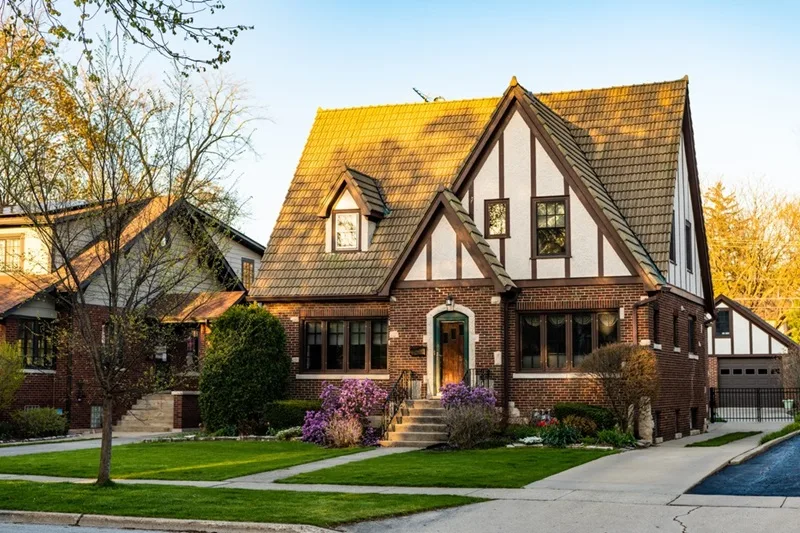Navigating the world of home insurance can be daunting for first-time buyers. With an array of options, jargon, and policies, it’s easy to feel overwhelmed. However, with a little research and guidance, finding the perfect coverage for your home can be a seamless process. In this article, we’ll discuss five essential tips for those looking to venture into home insurance, ensuring you get the best protection for your investment.
1. Understand the Basics of Home Insurance
Before diving into the deep end, it’s vital to familiarize yourself with the basics of home insurance. At its core, home insurance provides financial protection against disasters. A standard policy will cover four key things:
- The structure of your home
- Your personal belongings
- Liability protection
- Additional living expenses if you’re temporarily forced out of your home due to a disaster
Knowing these basics can help you gauge what to expect from your policy and shape your conversations with potential insurers.
2. Determine the Right Coverage Amount
When searching for a “home insurance company near me,” you’ll encounter numerous options. One of the first things you’ll need to decide is how much coverage you require. You want to ensure that your insurance covers the cost of rebuilding your home in case of total loss. This means considering current construction costs and not just the market value of your property.
Make an inventory of your personal possessions to determine how much it would cost to replace them. This list will not only help you figure out the amount of insurance to buy but will also serve as a handy resource if you ever need to make a claim.
3. Shop Around for the Best Rates
Don’t settle for the first quote you receive. With tools and platforms readily available online, comparing rates has never been easier. Use reputable sites and consider getting in touch with companies like Solidify Insurance that have a solid track record. You’ll often find that rates can vary significantly from one provider to another, even for the same coverage levels.
4. Ask About Discounts
Many people aren’t aware that insurers often offer discounts that can reduce your premium. For instance, you might get a discount if you have a security system installed in your home or if you bundle your home insurance with another policy, like auto insurance. When discussing options with providers, always ask about available discounts. It might surprise you how much you can save!
5. Review Your Policy Annually
Conclusion
Purchasing home insurance might feel intimidating at first, but armed with the right knowledge and a proactive approach, you can secure the ideal coverage for your home. Remember to understand the basics, determine the right coverage amount, shop around, ask about discounts, and review your policy regularly. And if you’re ever in doubt, turning to trusted providers like Solidify Insurance can ensure your most significant investment—your home—is always in safe hands.


